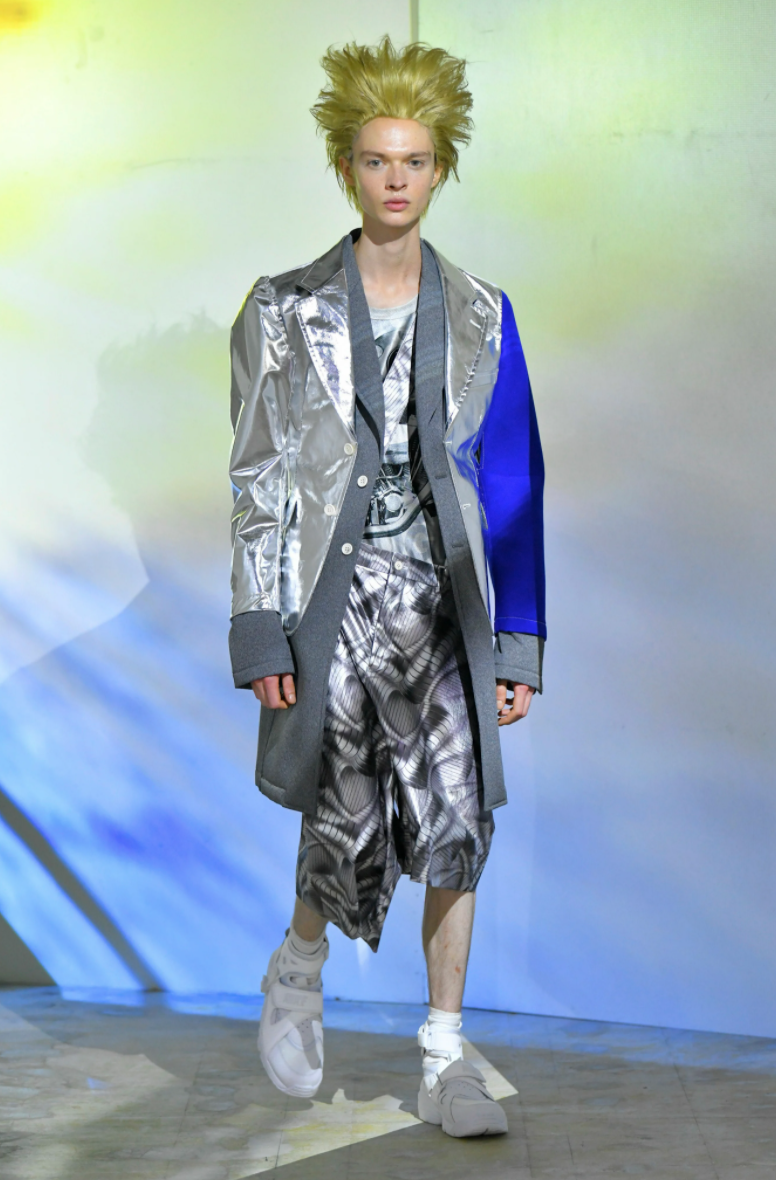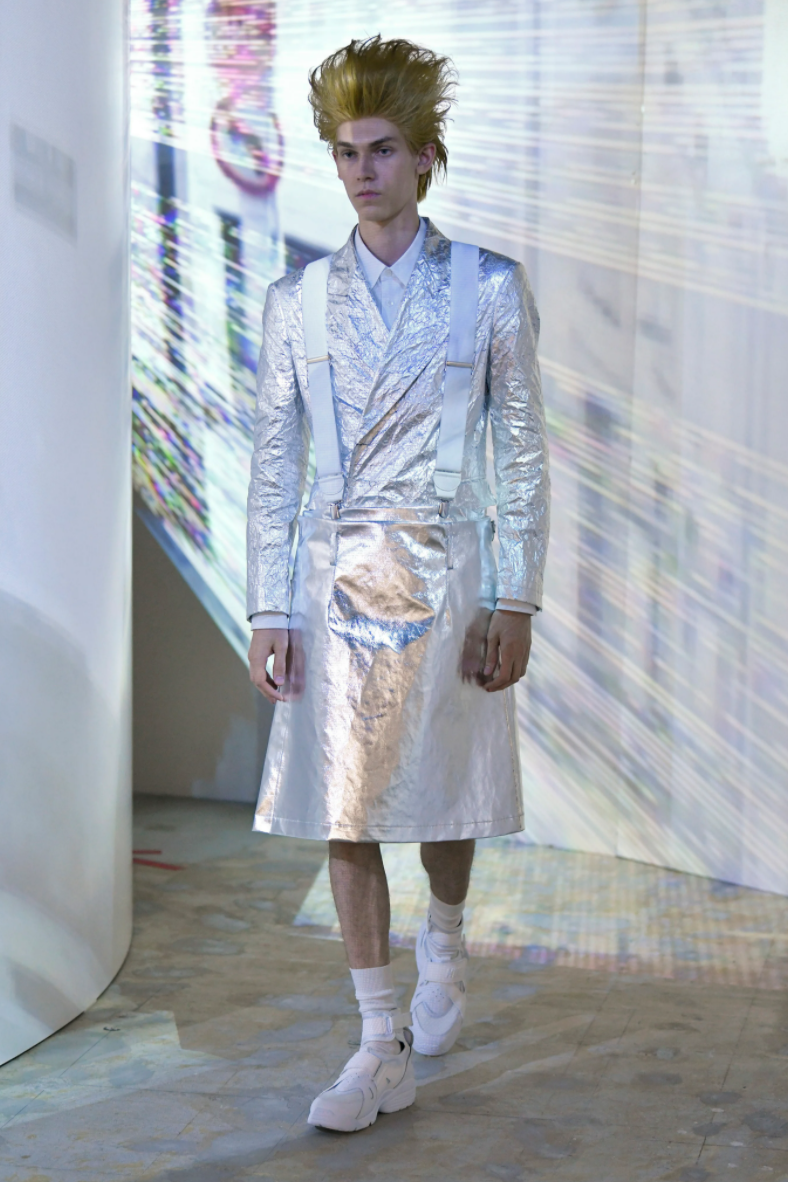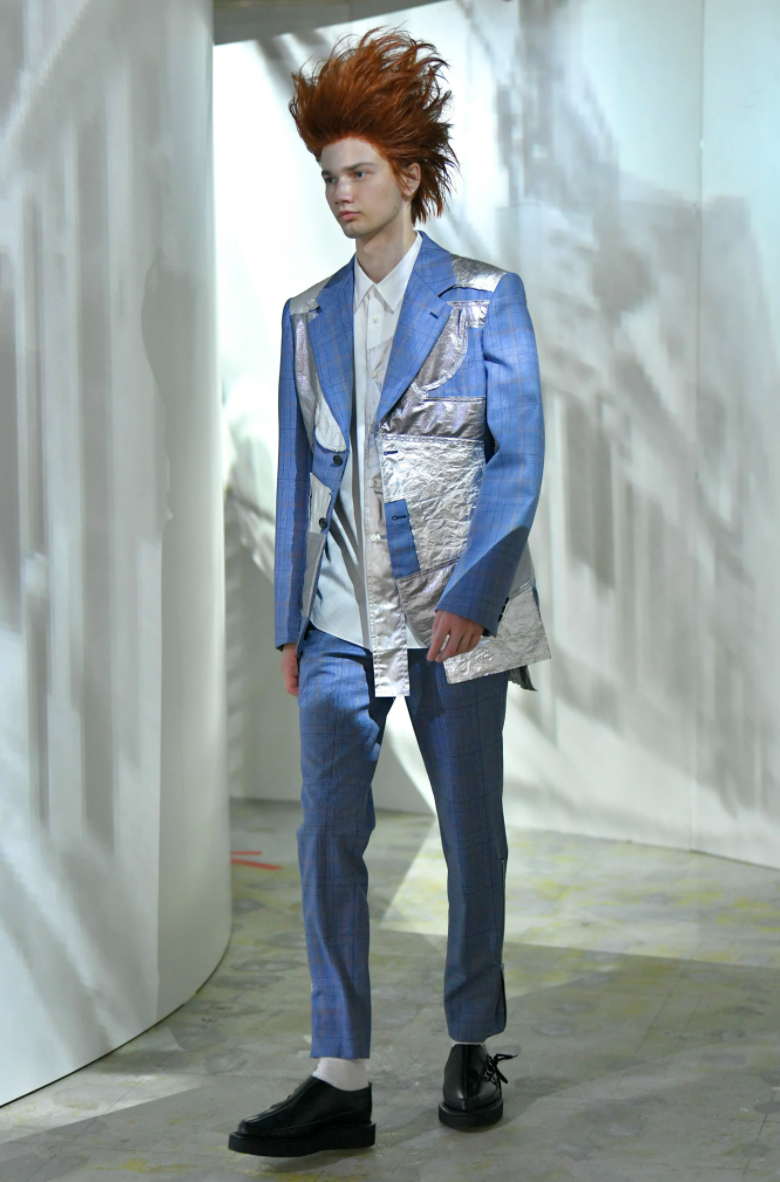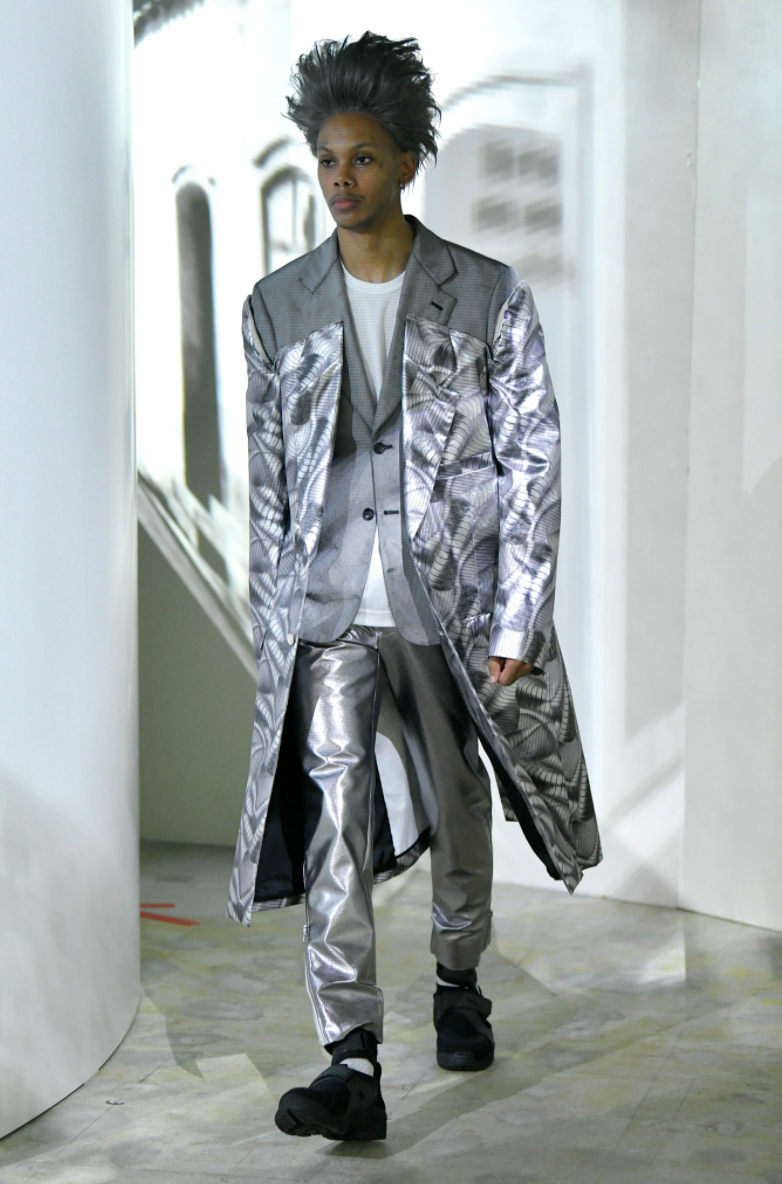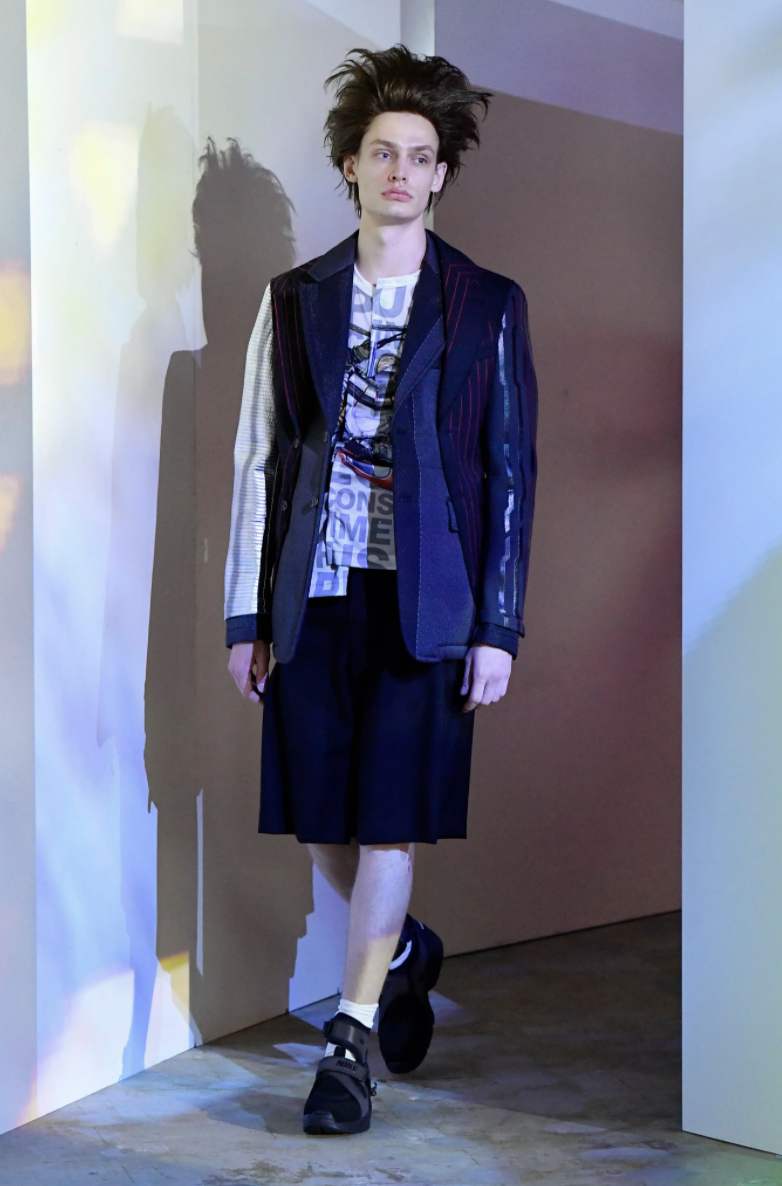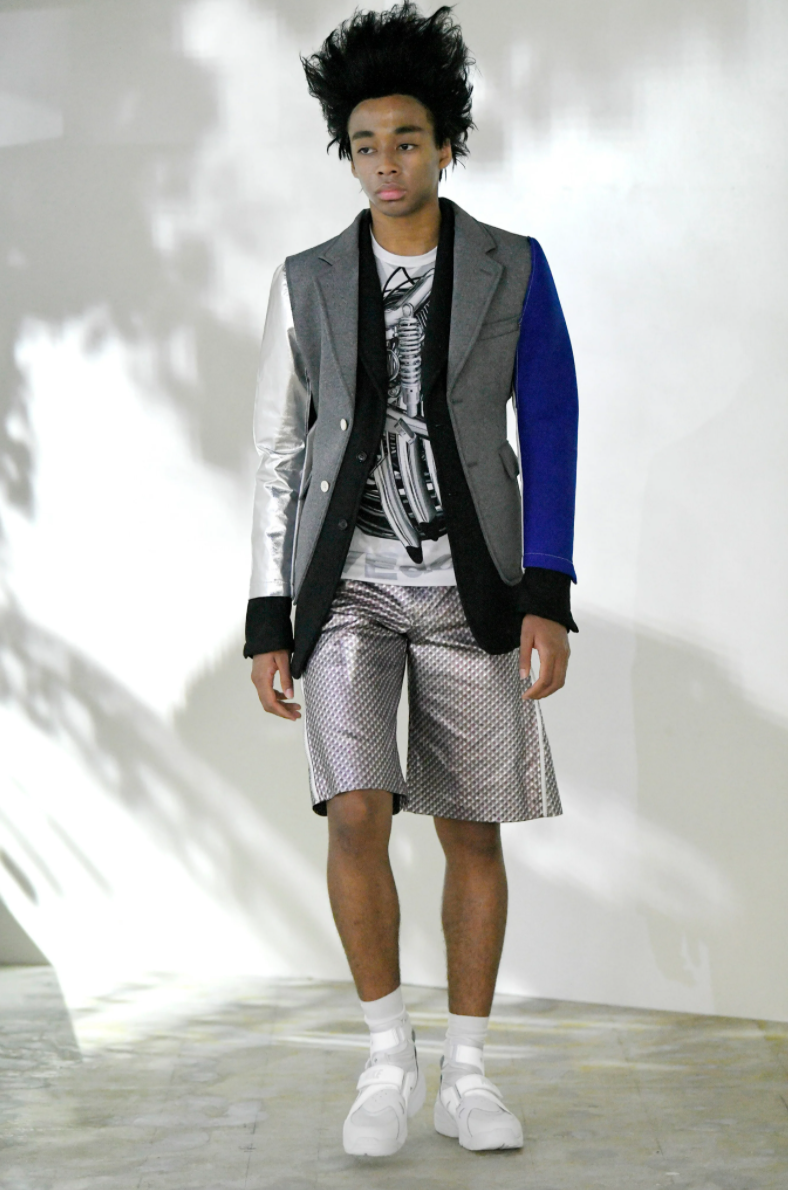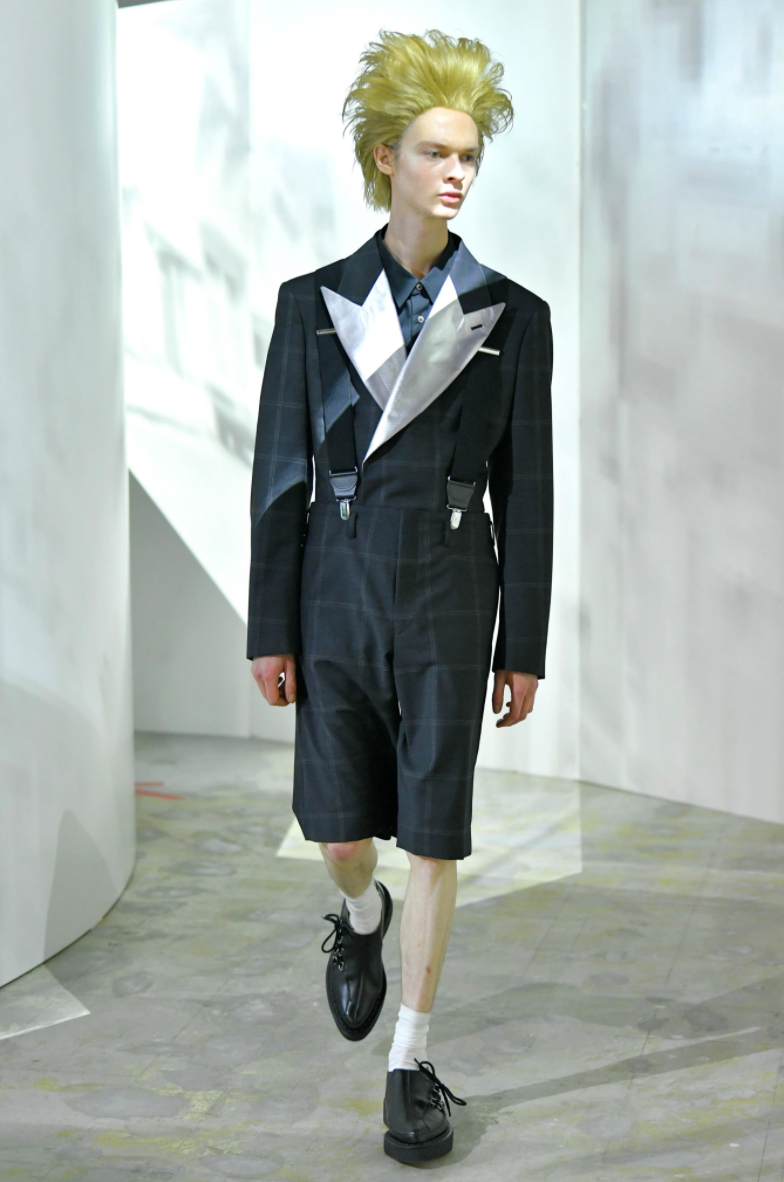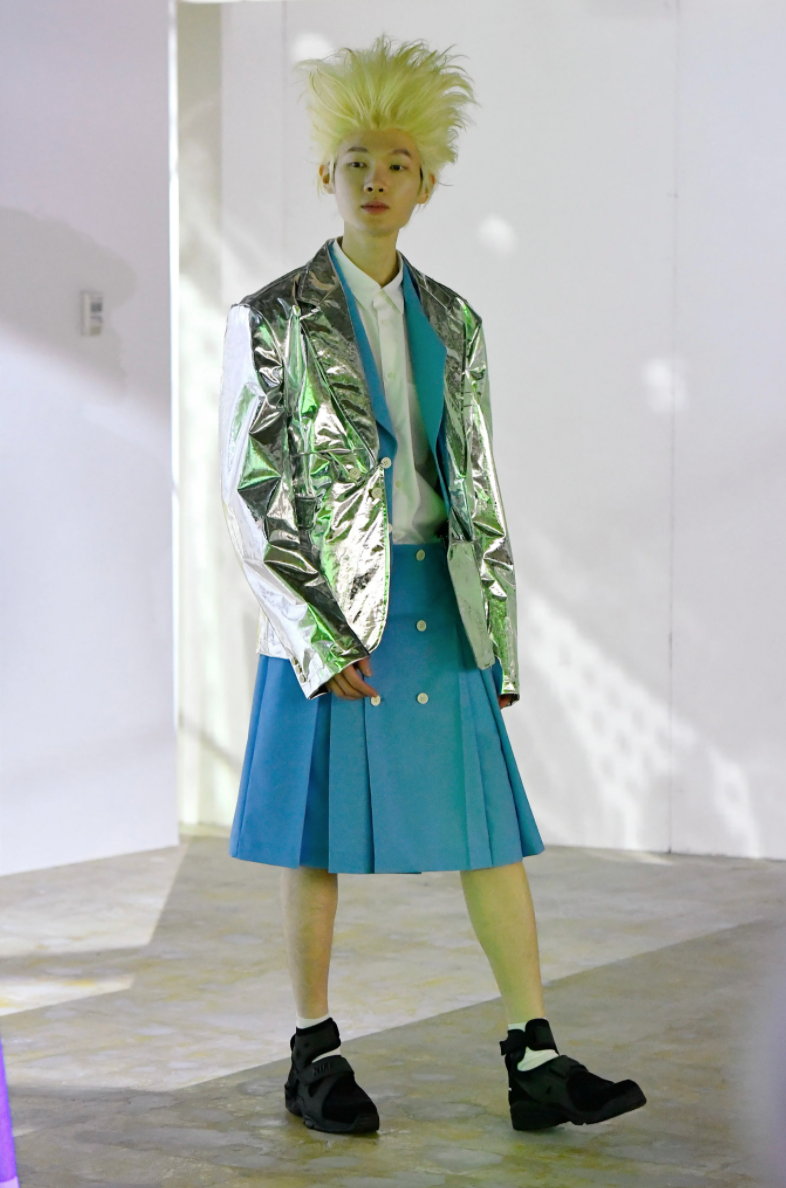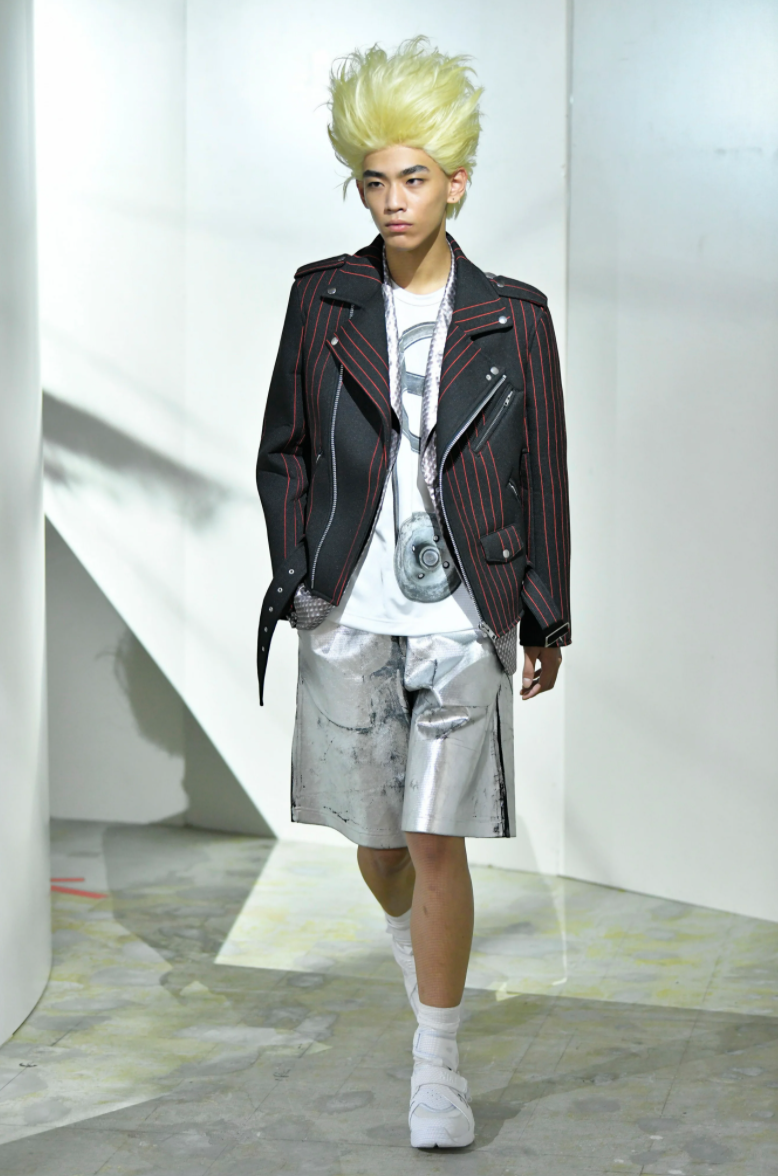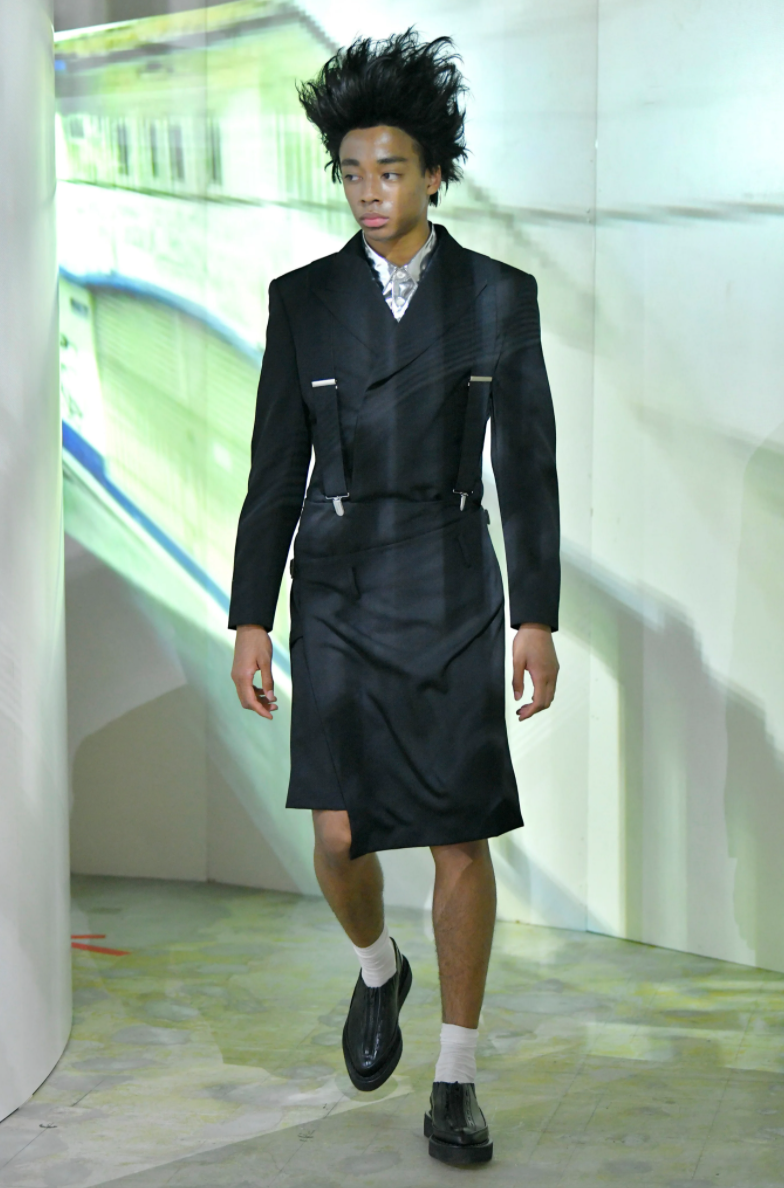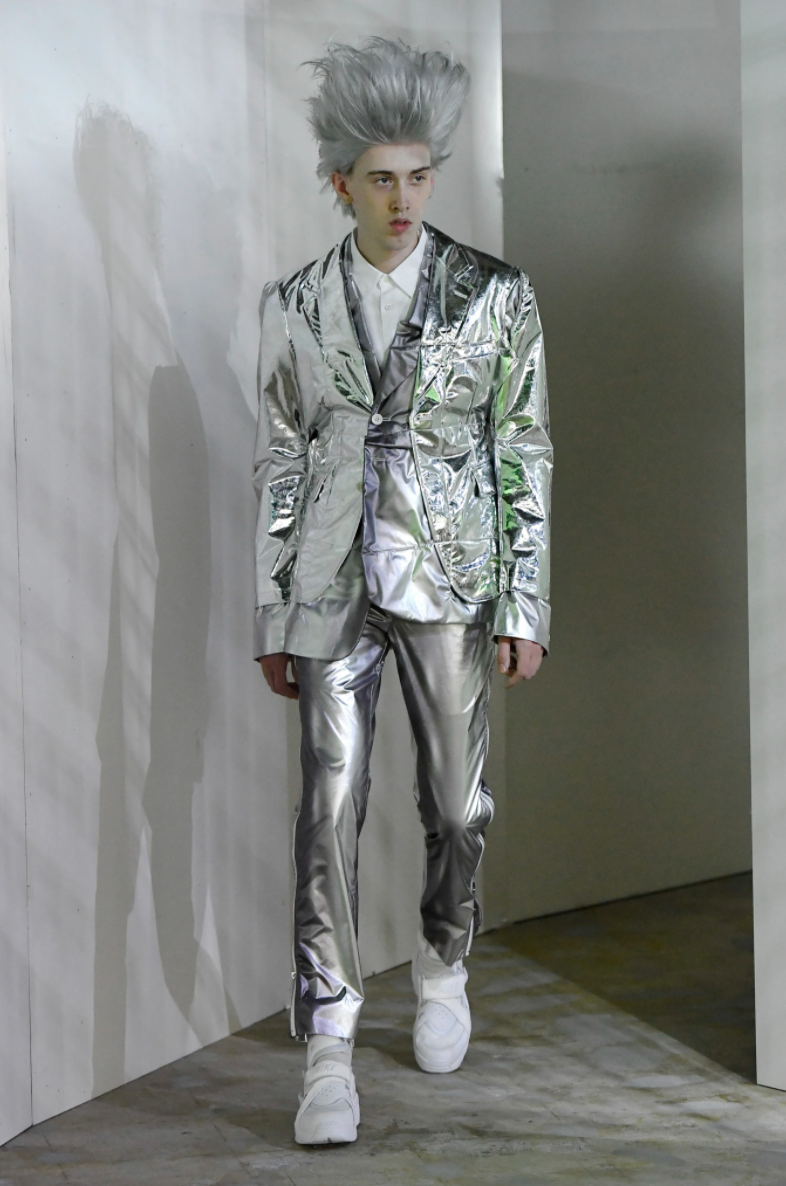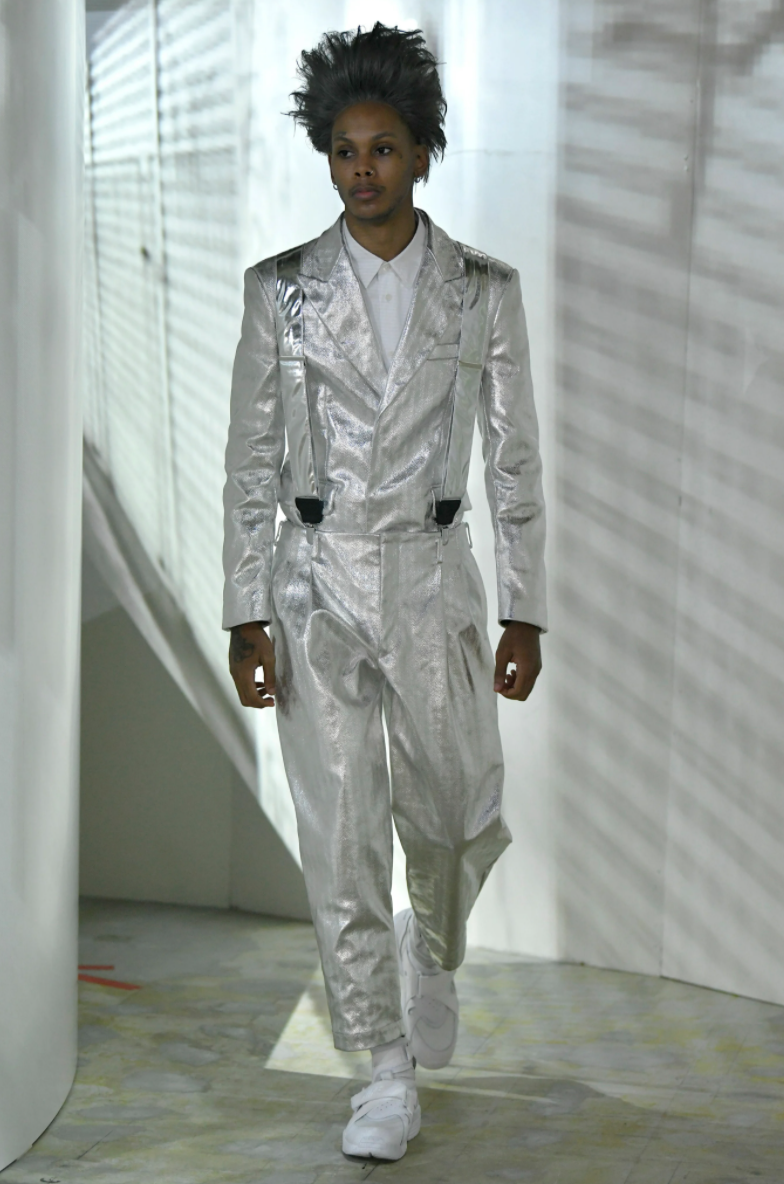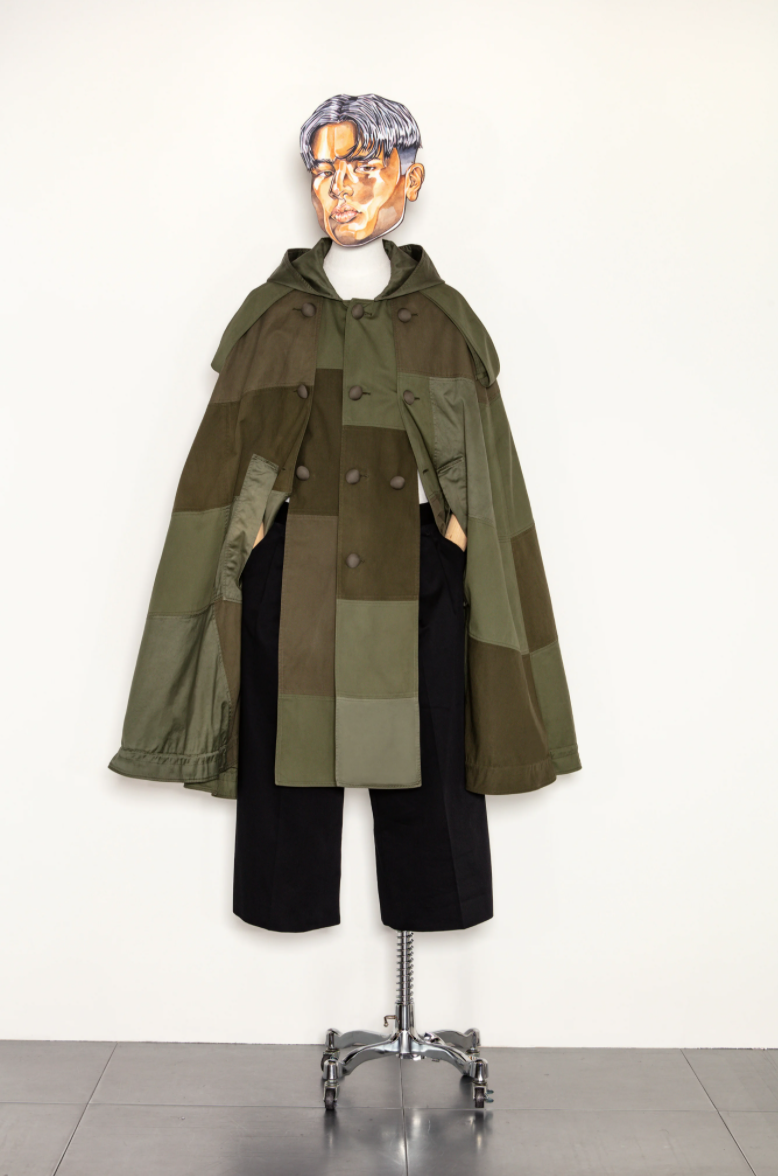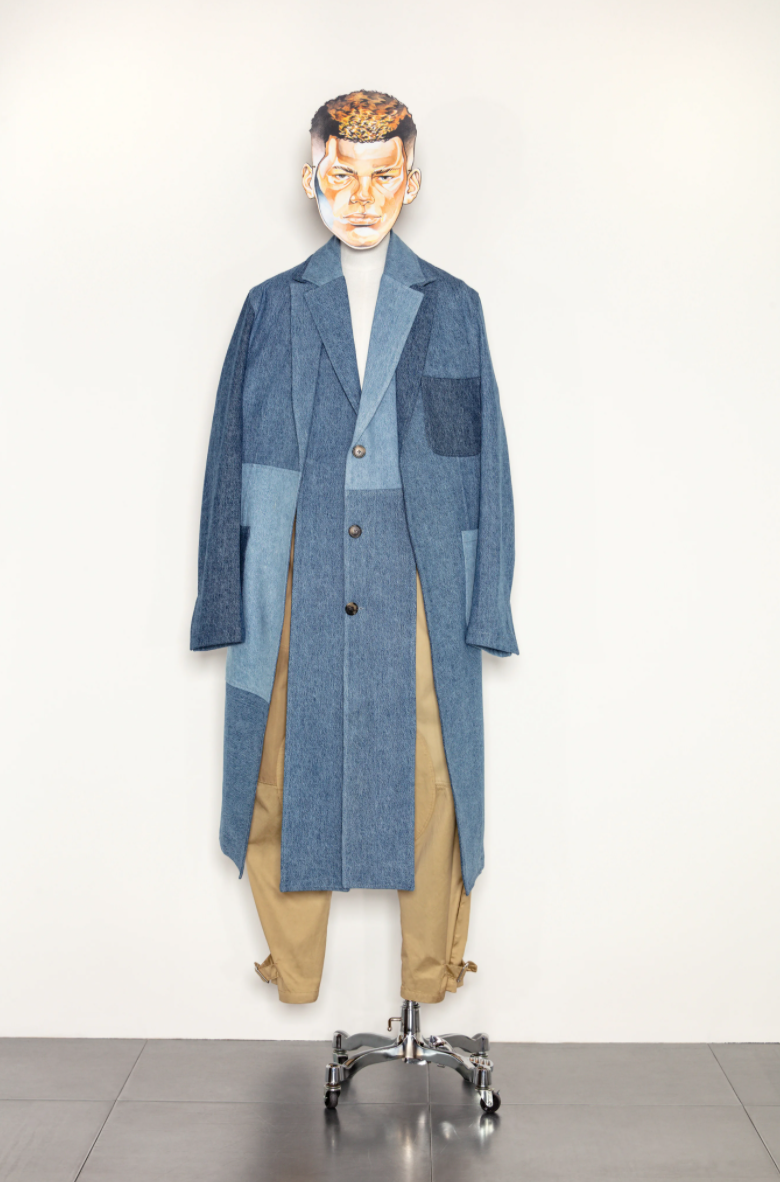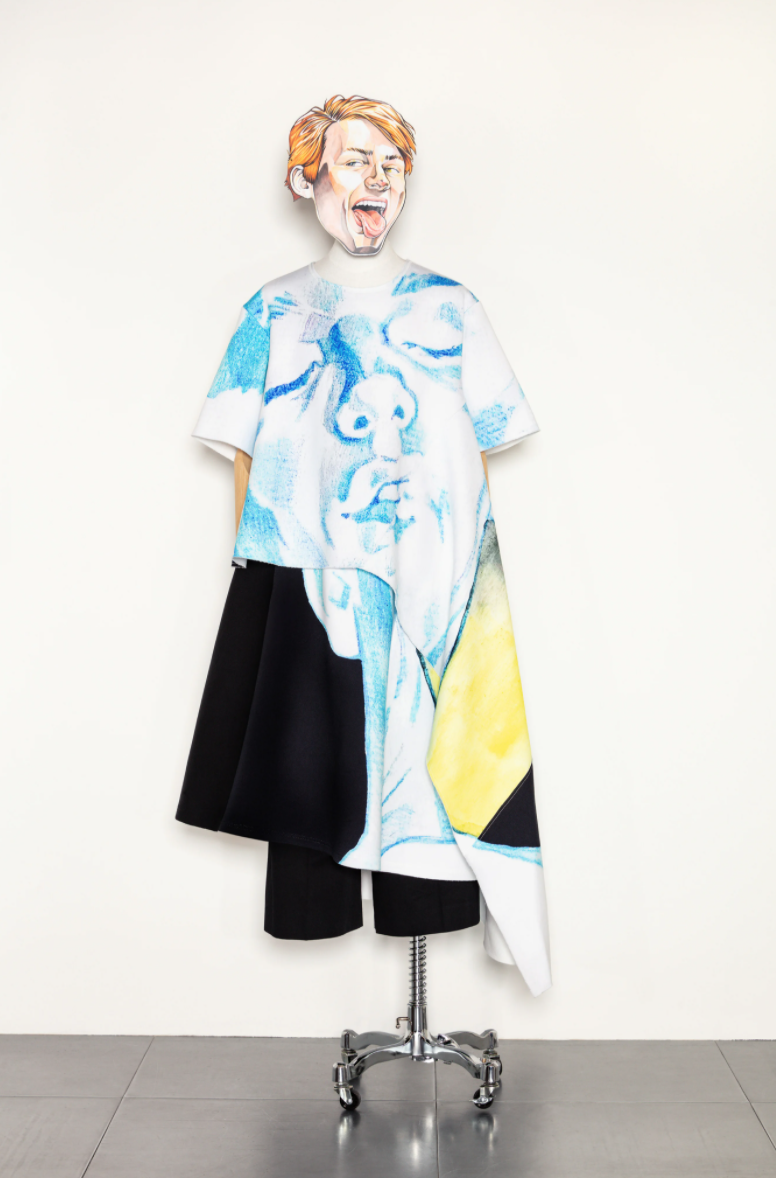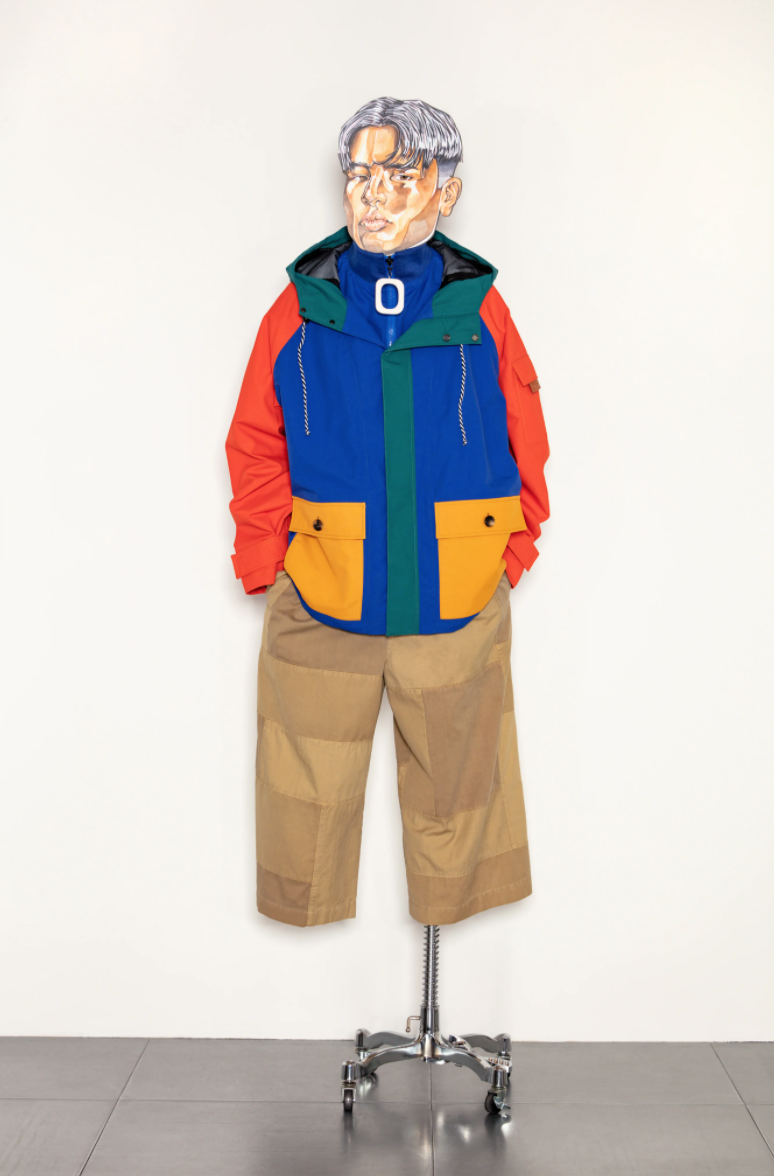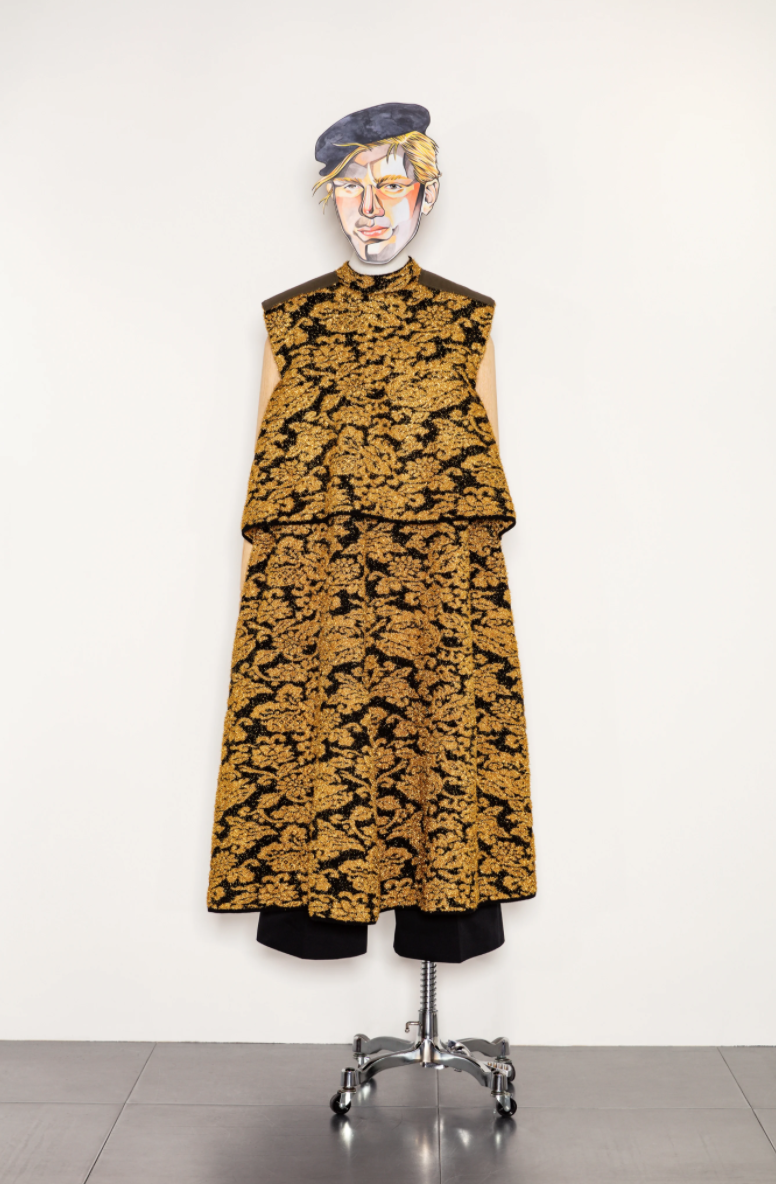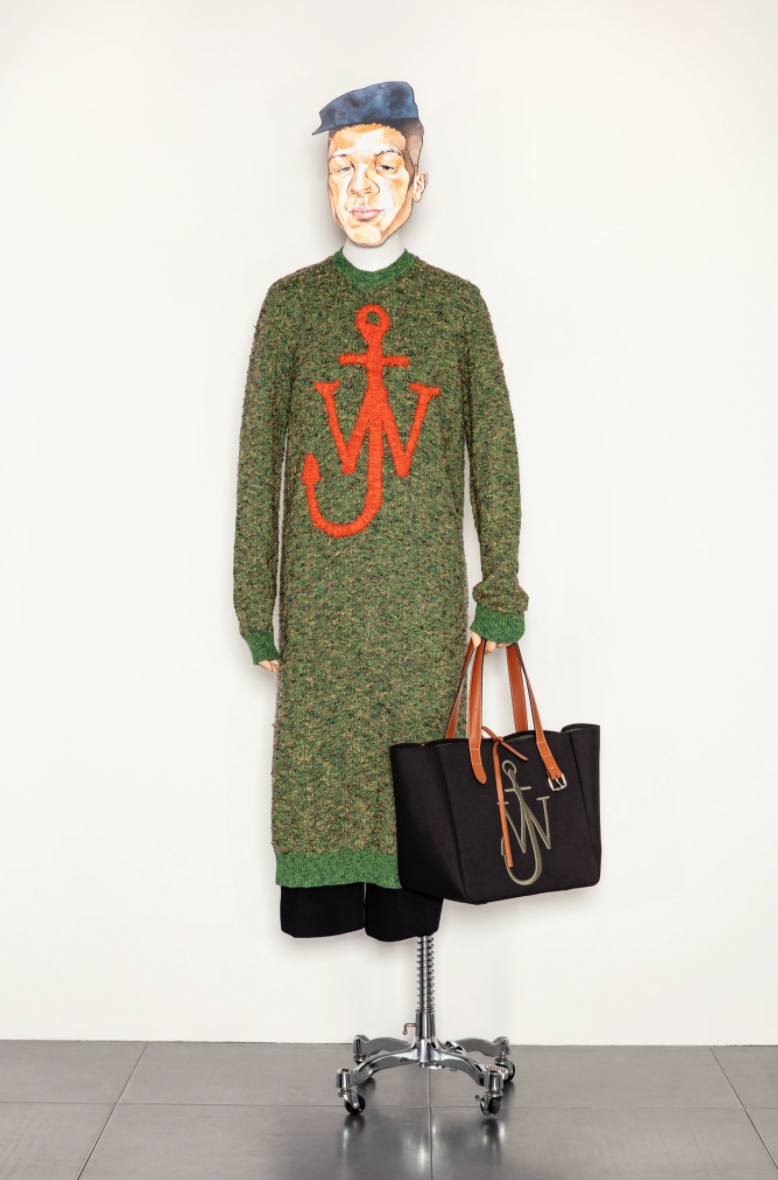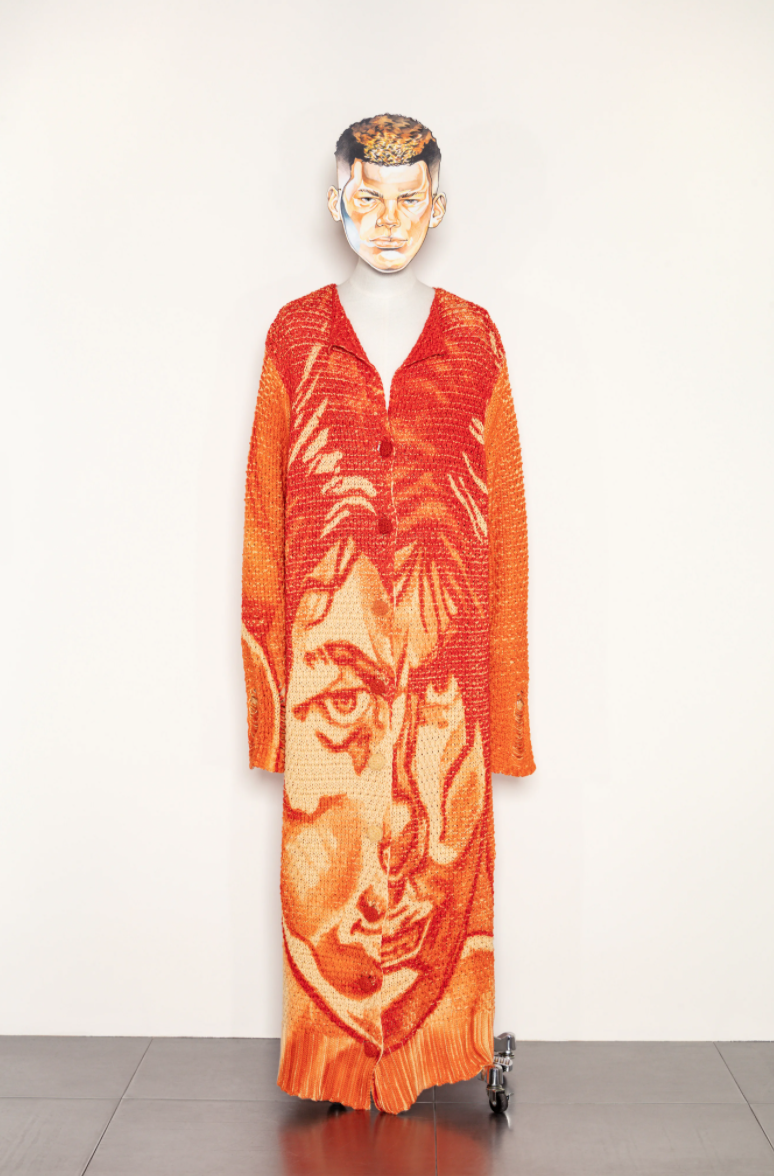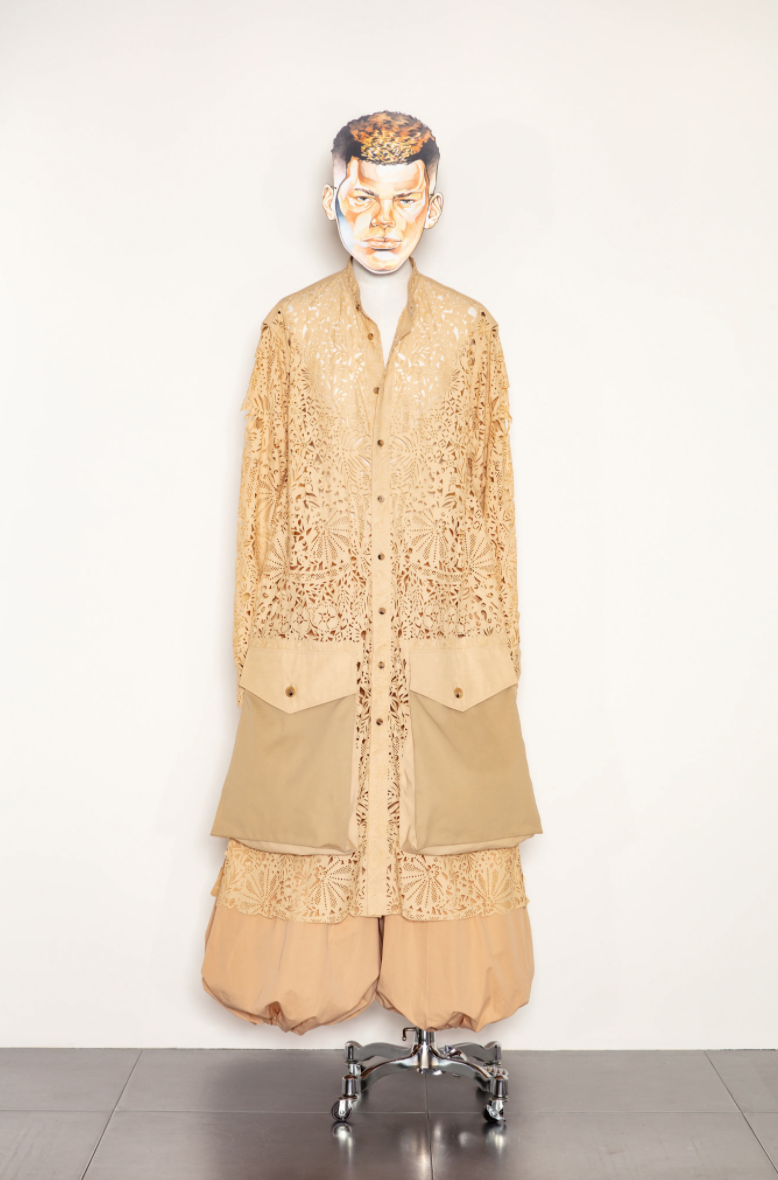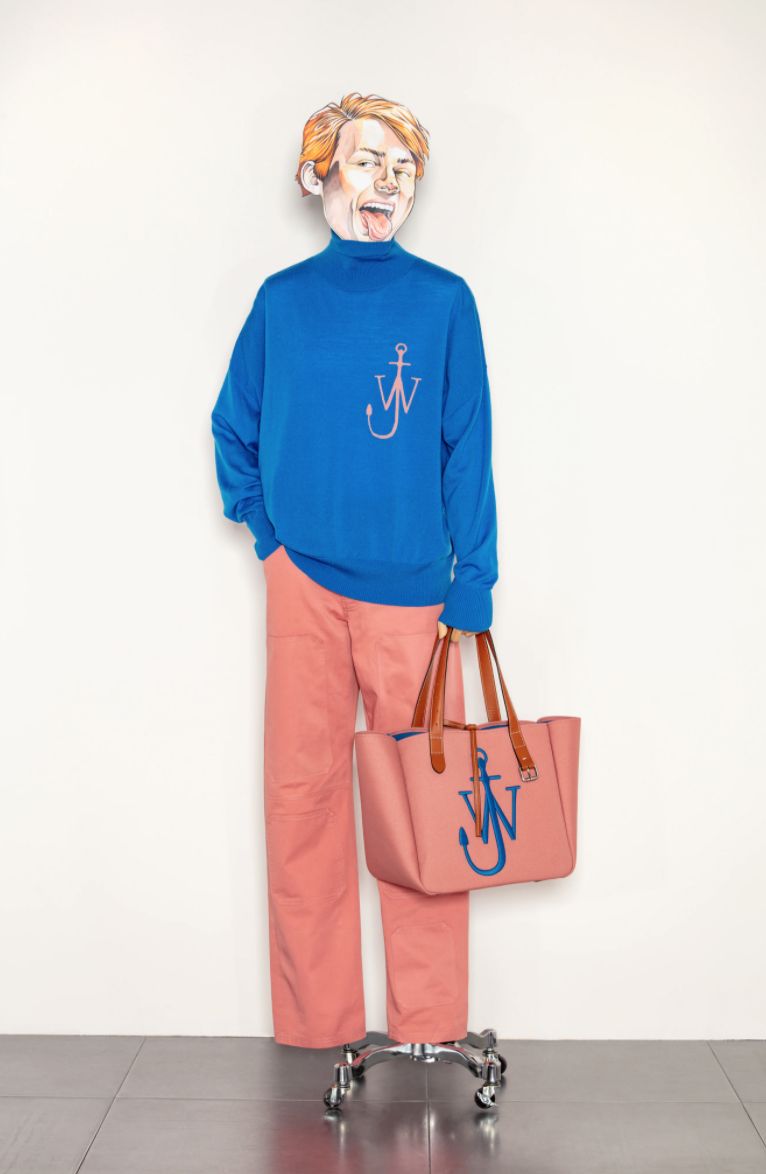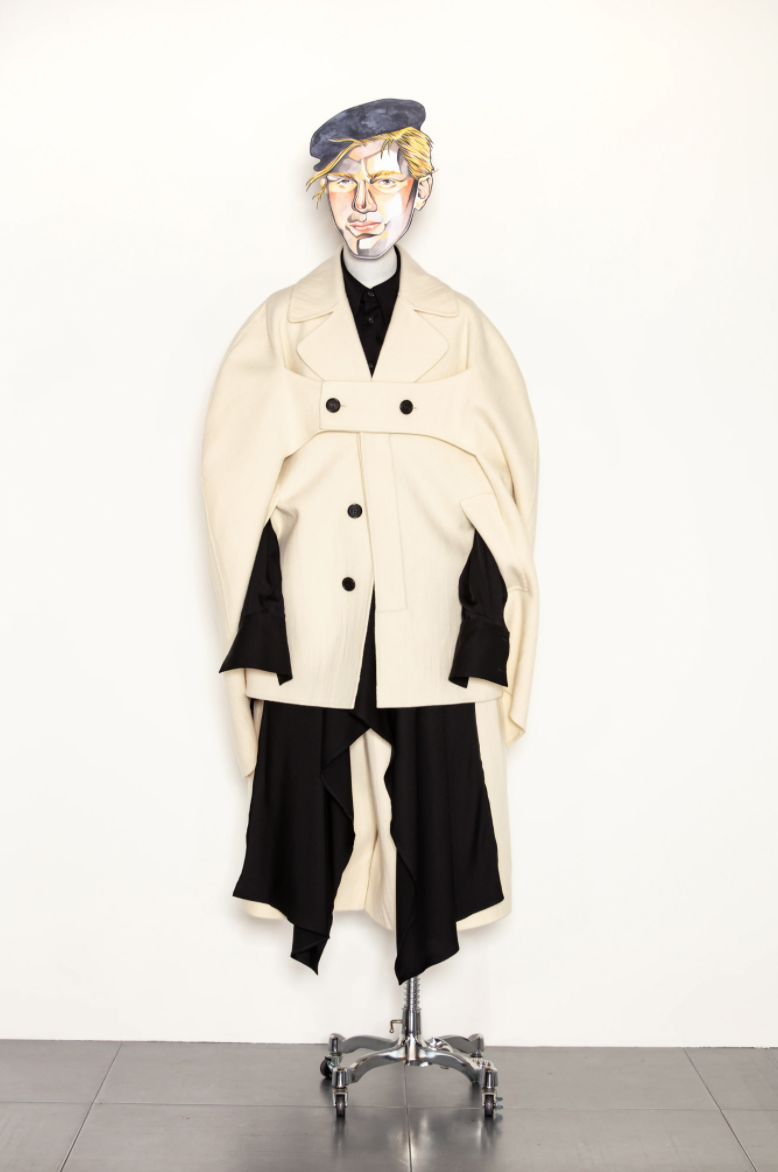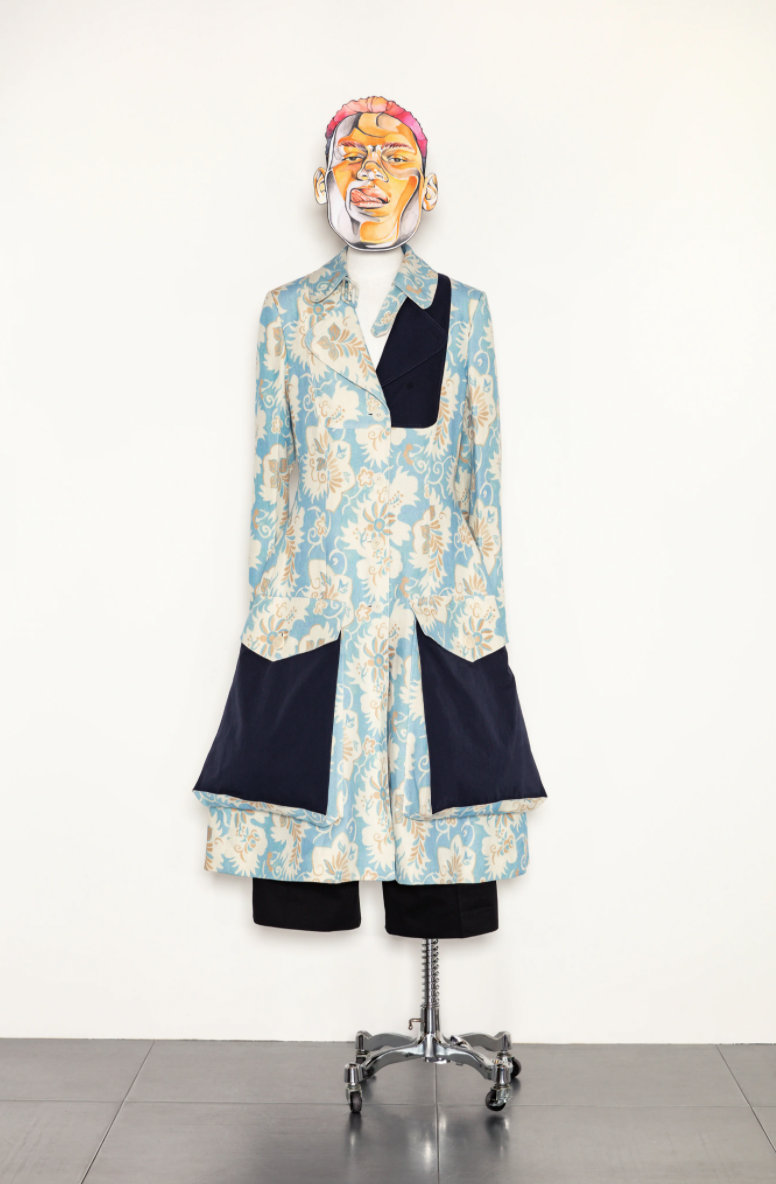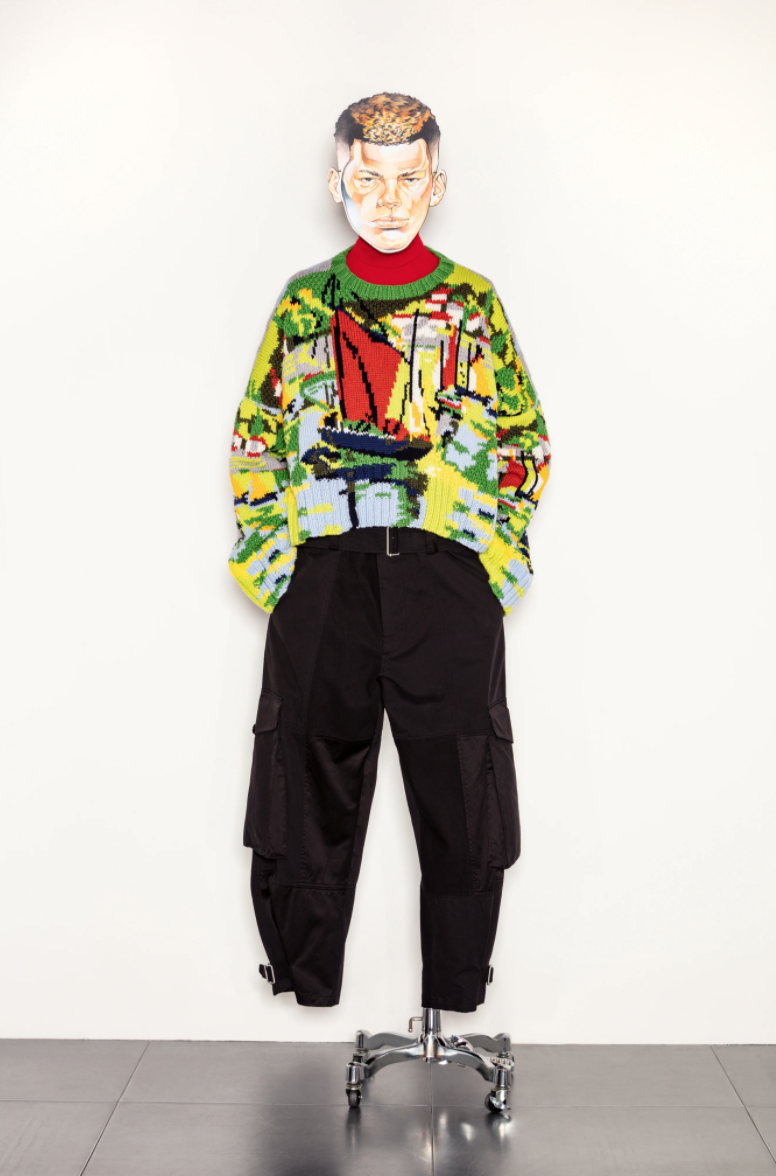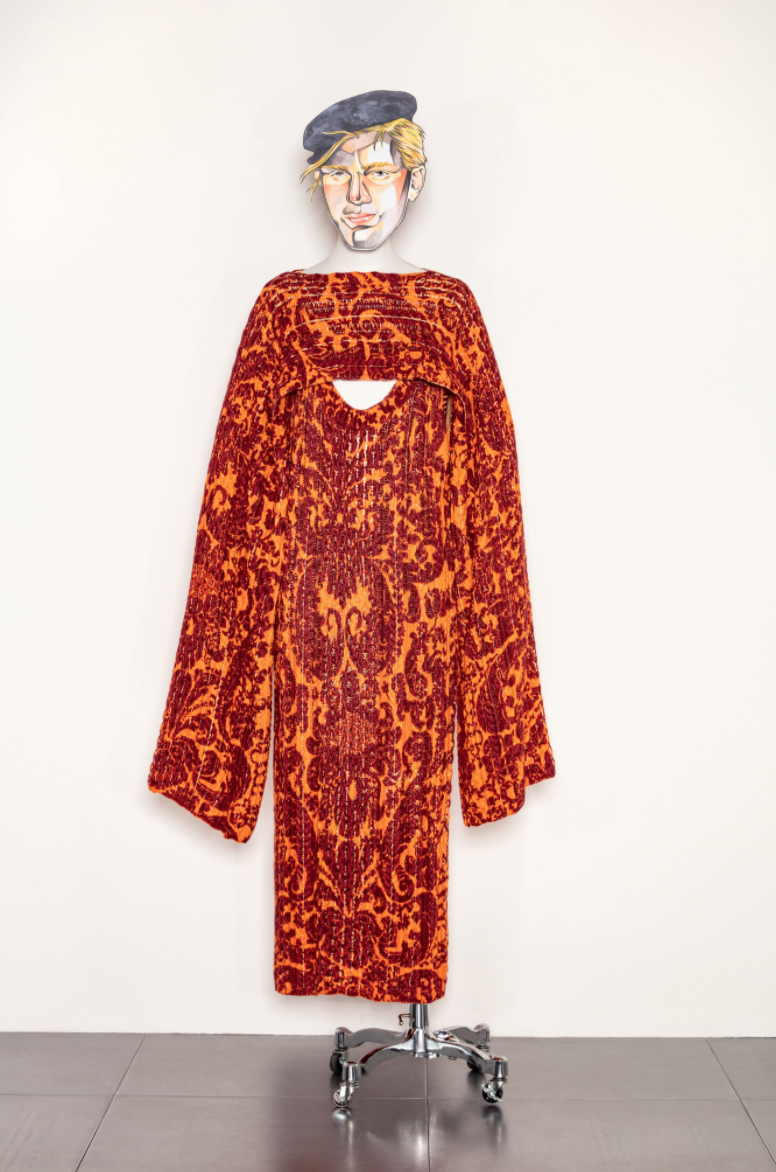Comme des Garçons Homme Plus Spring 2021 Menswear
/Rei Kawakubo envisaged protecting men with a layer of silver as she was devising her Homme Plus spring collection: “It is my wish that the strength of metal, the strength that wouldn’t yield to any pressure or force, and the strength that will give birth to hope to overcome the various hardships we face, will all overlap in this collection.”
“Metal Outlaw” was the title she came up with. And yes, the silver was a smart choice, reading luminously onscreen in what must have been one of the first seasons in decades that Comme des Garçons has not flown to Paris to show. Over the past couple of years, the imagery of Kawakubo’s shows has often communicated the sense of impending dystopia at the door, the designs manifesting the human reaction to it, flip-flopping between fear and the frantic impulse to dance, seize the day. This wasn’t like that: now that a completely unforeseen enemy has arrived to assail the whole of humanity, Kawakubo chose to resist the darkness and opt for communicating the quest for inner resilience. The clothes didn’t look like armor, retro space suits, or science-lab uniforms—the stock readings that silver will usually trigger. Instead, it was as if Kawakubo wanted to show a spiritual aura being generated from within, radiating from the silvery crinkles and wrinkles embedded in the surfaces of her rakish tailoring.
Surmounting and adapting to the problems of working during isolation, Kawakubo had made a conceptual projection from an interior landscape onto clothes (NB: the incorporation of furniture, kitchen, and other indoor materials into 2020’s lockdown collections will make a Ph.D. study one day). Kawakubo said that it was contemplating the metallic materials she often uses in interiors that started her off. “Said,” that is, in show notes that arrived at the inboxes of members of the international press. The mini show was put on at Comme de Garçons’ Tokyo headquarters in front of 43 members of staff and a handful of local journalists.
Projections of work by the Brazilian artist and photojournalist Alberto Bitar flowed across the white space. Emerging from a cylindrical structure—a dressing room, maybe—the Metal Outlaws were wearing two variations of Comme tailoring themes: skinny-leg suits or baggy-short suits. What were the silver materials? Hard to be definitive, but some were crushed, some apparently foiled and printed, some with the appearance of leather (though Comme is a house that is firmly wedded to synthetics).
Whatever, this compressed collection fully consolidated Homme Plus characteristics as a house that has distinctive, tradition-bending cuts—alternative but not out to place men in the realms of conceptual clothing. If a full silver suit doesn’t appeal, Kawakubo proceeded to break it down into patchworks of suiting, cycling from traditional menswear lightweight wool to a sparky, for-the-kids section of lime, cornflower blue and yellow, and then wrapping up with a couple of dark tuxedos, with the silver reserved to lining the lapels. As a vote for optimism against the odds, it raised a smile.
Source: Vogue
FASHIONADO

